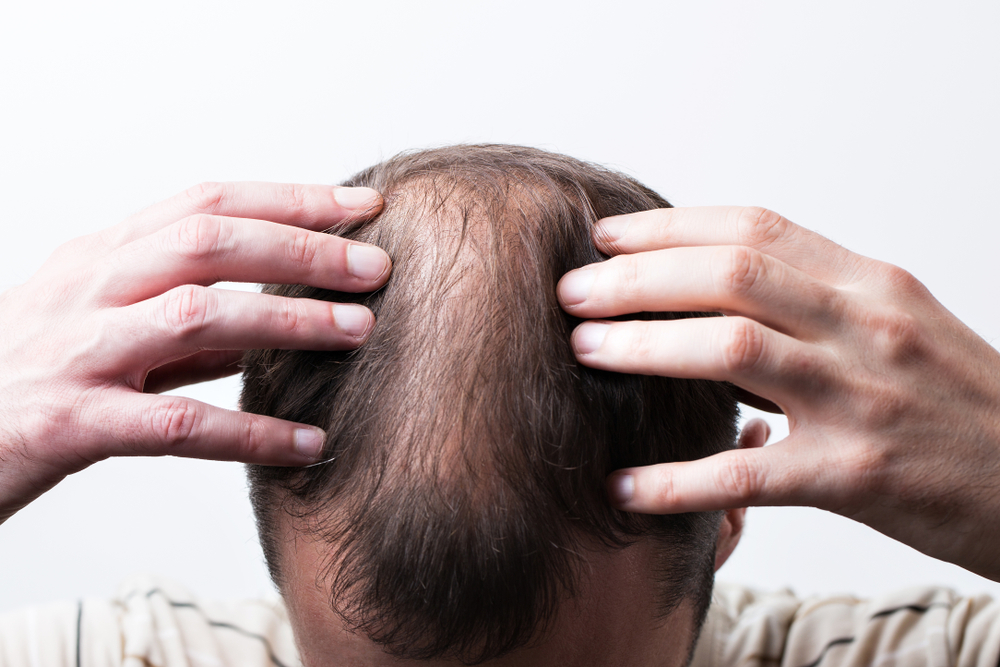Hair Plugs vs. PRP

In the past, hair restoration treatments were limited to toupees and hair plugs.
Not only did these techniques produce unnatural-looking results, their artificial appearance often called greater attention to hair loss and thinning.
Fortunately, PRP offers women and men a more advanced, effective, and nonsurgical alternative.
Continue reading as we compare hair plugs vs. PRP and highlight the key differences between them.
What Are Hair Plugs?
Hair plugs refer to an antiquated hair restoration technique in which rows of tiny round patches of tissue, each containing about 20 hairs, are removed from the back of the head.
The provider would then create holes in areas of thinning or blading to transplant the hairs.
What Is PRP Hair Restoration?
PRP is a nonsurgical hair rejuvenation procedure that allows patients to naturally regrow their own hair. During the treatment, a sample of blood is taken from the patient and placed in a centrifuge.
The machine works to separate platelet-rich plasma, which is chock full of follicle- stimulating growth factors, from other blood components.
Finally, the harvested PRP is reinjected into the scalp at the level of hair follicles. PRP’s regenerative properties prolong the active phase of the growth cycle and produces fuller, thicker, and longer hair.
Hair Plugs vs. PRP
When it comes to comparing hair plugs vs. PRP, there are several differences to note.
To start, hair plugs are a surgical procedure that can be hard on the donor site (the area from which the tissue and hairs are extracted) and often results in circular scarring.
In addition, hair plugs produce unnatural-looking results, including hair that grows bunched together, is unevenly spaced, and doesn’t blend with the rest of the hair.
On the other hand, PRP is a nonsurgical treatment that typically takes 1 hour and avoids scarring and downtime.
Perhaps the greatest distinction for hair plugs vs. PRP lies in clinical outcomes. Because PRP relies on the body’s natural healing mechanisms, hair growth looks natural and cannot be distinguished from pre-existing hair.
Accordingly, PRP allows patients to discretely address hair loss and thinning without appearing artificial or “done.”
Get Started with PRP Hair Restoration
To learn more about hair plugs vs. PRP, please call our office today to schedule a comprehensive consultation with board-certified dermatologist Dr. Nicole Hayre.